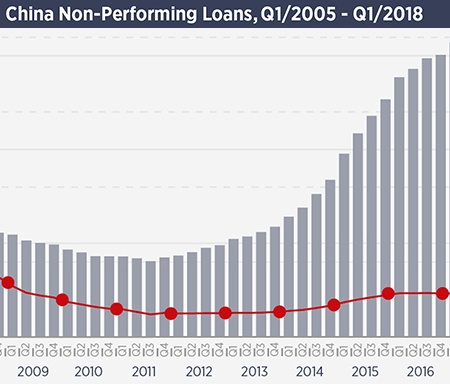
Asia’s biggest opportunity
The rental housing sector in India and China has enormous potential for real estate investors, due to the scale of demand and government backing.
“Housing will be the biggest real estate sector in Asia within a decade,” says Peter Verwer, chief executive of the Asia Pacific Real Estate Association.
Urbanisation and increasing wealth in China, coupled with a lack of modern housing stock, has driven up house prices, putting home ownership out of reach for many. This led to a statement from president Xi Jinping that “houses are for living in, not speculation”.
Rental housing has been identified as a key solution to this problem and China has linked the initiative with its on-going work to develop real estate investment trust regulations.
Earlier this year, the China Securities Regulatory Commission issued a statement saying it encouraged “companies involved in the rental housing business to conduct asset securitisation”.
A series of “quasi-REITs” have been launched in China by a number of developers, including Country Garden and Poly Real Estate. APREA has been involved in discussions with regulators and the State Council and Verwer says: “Our discussions with regulators and the State Council’s advisory committee on REITs, reveals a clear transition pathway from “quasi-REITs” to a more familiar international REIT model.”
Homelink estimates the number of renters in China will reach 230m in 2025, up from 160m in 2015. It projects the total rental value of the Chinese market rising to RMB2.9trn ($460bn) in 2025, from RMB1trn in 2015.
The rental housing sector has already attracted interest from overseas investors. US developer and investment manager Greystar has formed a joint venture with Macquarie Capital to invest in rental housing across the region and China will be a major focus.
Due to the strength of demand from young professionals for rental housing, a wave of new Chinese brands such as You+, Mofang Gongyu and 5Lmeet all offer their tenants some elements of the co-living experience, with shared recreational facilities. Private equity firm Warburg Pincus was an early backer of Mofang Gongyu.
Meanwhile India is shortly to launch a National Urban Rental Housing Policy, which will encourage the development of a more efficient rental market for both the market-driven and social housing sectors.
At present, India lacks an efficient legal framework for renting, which means that many owners choose to leave properties empty rather than renting. Developers have preferred – as in China – to build and sell.
However, the development of India’s REIT legislation – which is likely to see the first REIT floated later this year – will also boost the rental housing sector. However, with India’s GDP per capita only a quarter of China’s, the sector has been less attractive to both developers and investors.
The US multifamily residential market is seen as a model for Asia Pacific markets, as it demonstrates the viability of the sector in producing long term income streams for investors.
Further reading:
Savills China Research Spotlight
Contact Us:
Simon Smith



